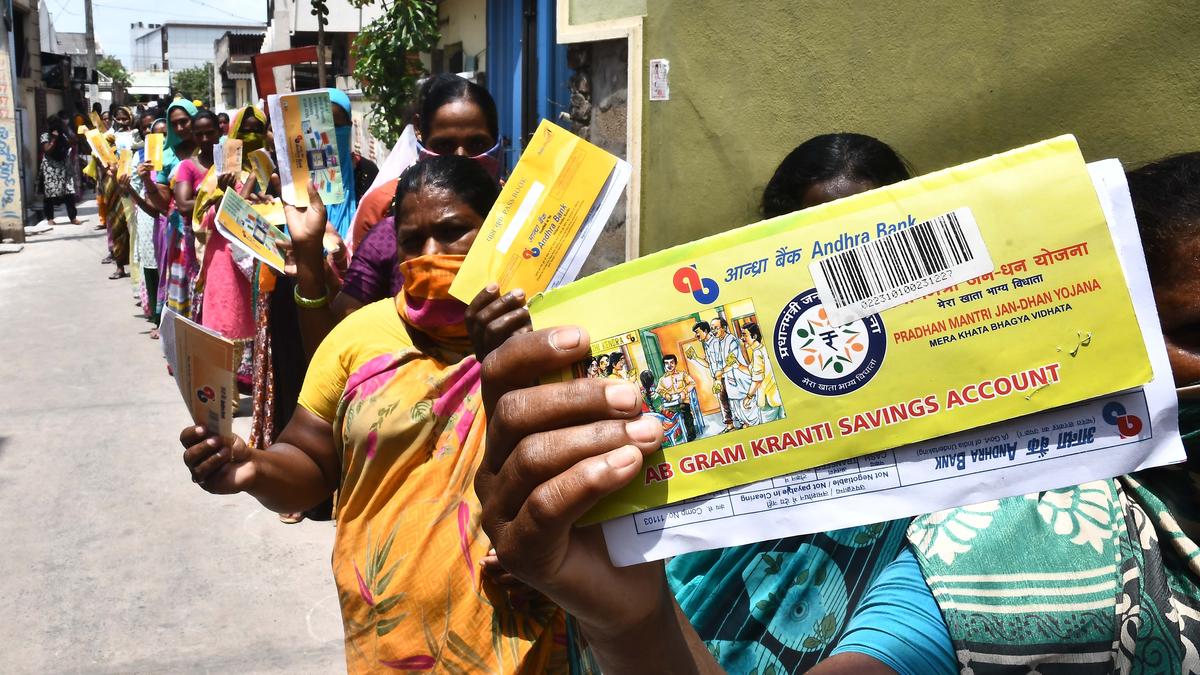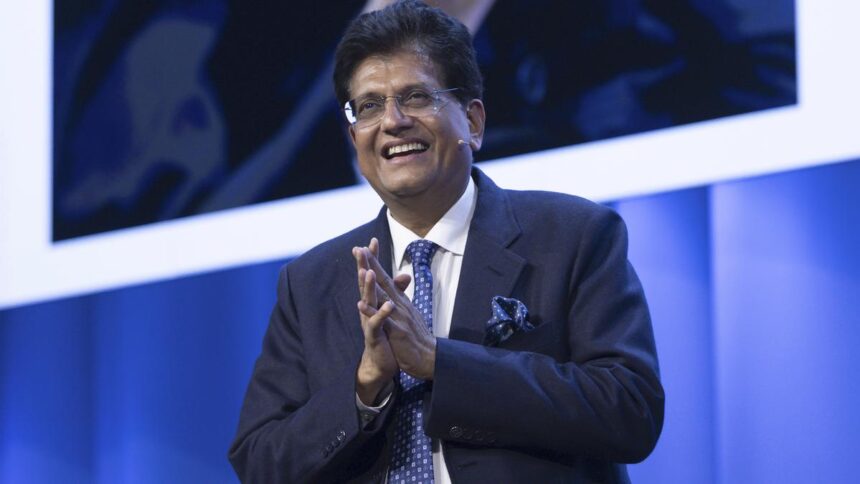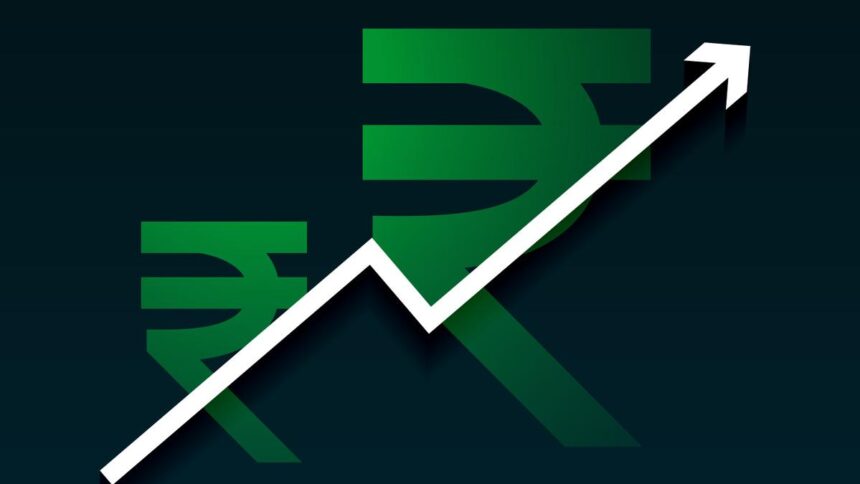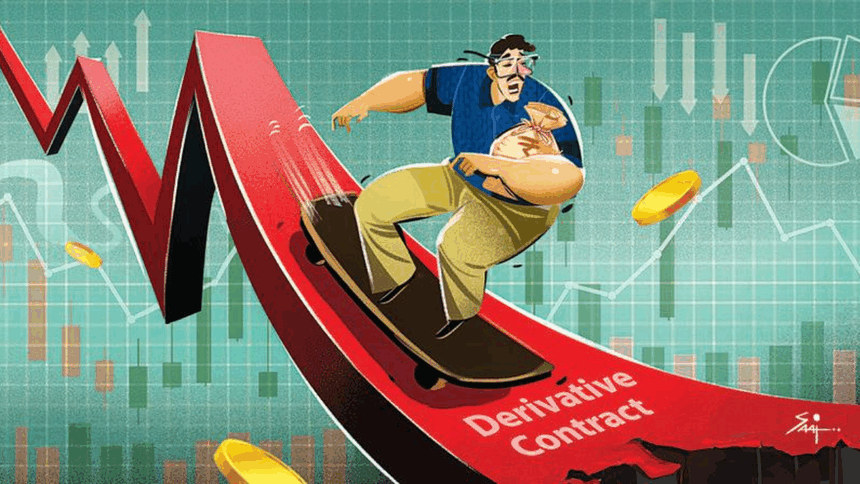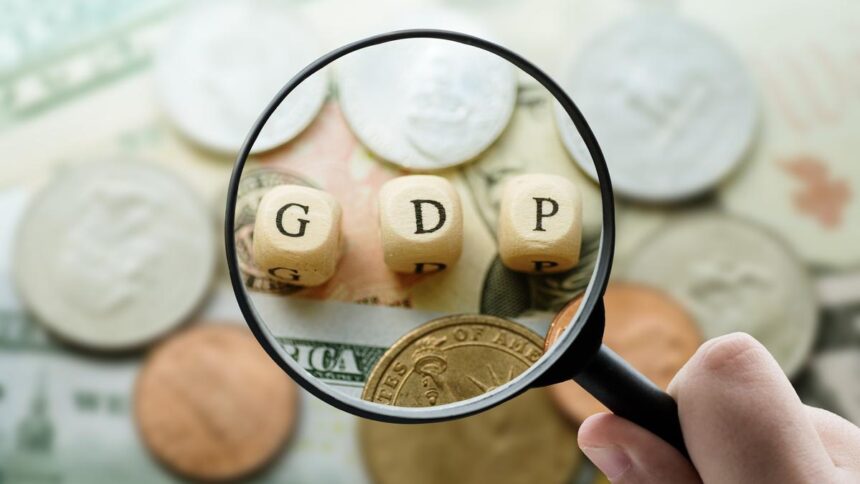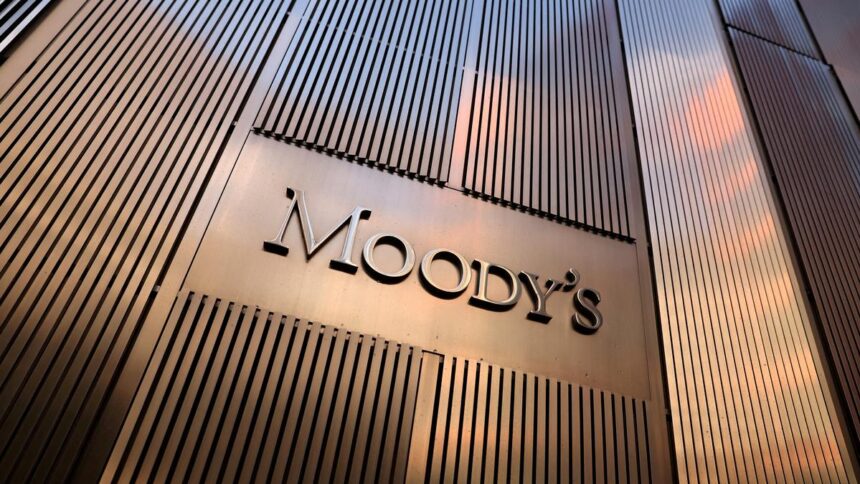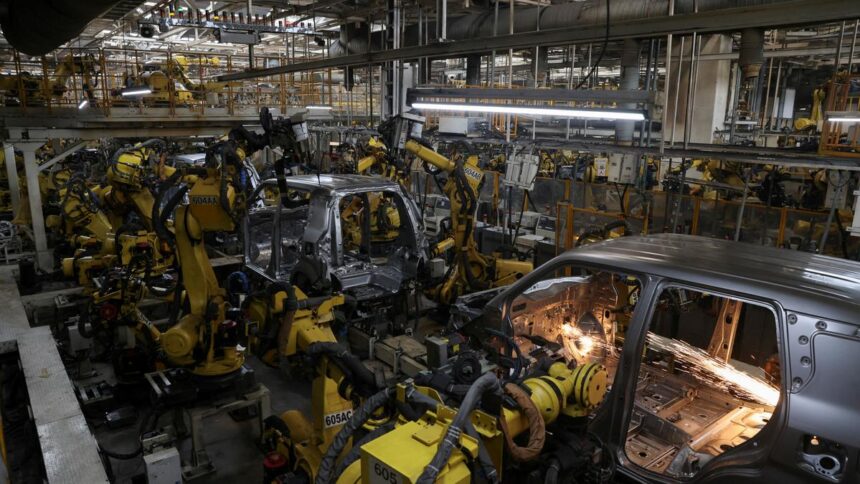
File picture used for representation only.
| Photo Credit: The Hindu
While the financial inclusion programme of the Union government has meant that around 96% of the population has access to a bank account, the latest data and analysis on the sector show that a vast part of India’s poor and low-income households are increasingly resorting to informal and more expensive sources of borrowing.
In addition, separate data show that the incidence of loan defaults is increasing among microfinance loans. Microfinance loans are a proxy for non-institutional credit as the borrower profiles are largely similar. “What is happening, particularly in the lower end of the pyramid is that, despite the smooth and good progress that we have seen in financial inclusion, progress has been limited to the liability side of lenders, which is the opening of deposits,” Debopam Chaudhuri, chief economist at Piramal Enterprises, explained.

Government data show that by 2021, about 96% of households had at least one member with a bank account. “But for these same deposit holders, when it came to their access to credit, very little was happening on ground,” Mr. Chaudhuri added. “So these segments would then approach non-institutional lenders.” An analysis by Mr. Chaudhuri’s team of data from the Centre for Monitoring Indian Economy (CMIE) found that between 2018-19 and 2022-23, the number of borrowers from the economically weaker sections of society who borrowed from formal channels such as banks and non-banking financial companies (NBFCs) contracted by 4.2%.
On the other hand, this segment, which earns ₹1-2 lakh a year, saw a growth of 5.8% in the number of households borrowing from informal or non-institutional sources of credit including money lender, chit funds, friends or shopkeepers.
This trend can be seen among borrowers in the low-income category (₹2-5 lakh a year) as well. The data show that while this category saw 10.4% growth in the number of borrowers availing themselves of institutional credit, the growth in the number of borrowers going for non-institutional credit was an even faster 12.6%.
Even among the middle income group (₹5-10 lakh), the growth in the number of non-institutional borrowers surpassed the growth in the number of institutional ones.
“Institutional lending to people is based on their credit score,” Bank of Baroda chief economist Madan Sabnavis explained. “Normally, if you are in the low-income groups, you may not be having that adequate credit score to qualify you. So, therefore, you go to the non-institutional sources of borrowing.”
The issue is that non-institutional sources of credit, such as moneylenders, charge exorbitant rates of interest of as high as 40-50%, and sometimes higher. This leads to the low-income borrower falling into a debt trap of having to borrow more to repay existing loans, or defaulting on their loans.
“Typically the blue collar workers, the agricultural workers as well as people earning less than ₹2 lakh a year, there was this high risk-aversion across the institutional set of lenders towards these types of customers,” Mr. Chaudhuri said. “So, that was forcing a lot of these borrowers who actually needed the funds to go to their local lenders or their local shopkeepers to get access to the liquidity that they always wanted.”

He pointed out that even more recent data, for FY24 and FY25, showed that the growth rates of loans to low-income borrowers had slowed down, suggesting they might still be resorting to non-institutional loans.
While it is impossible to measure defaults of non-institutional loans, a close proxy is the defaults in microfinance loans, which are typically a maximum of ₹50,000. Data from Sa-Dhan, an RBI appointed self-regulatory organisation (SRO) for microfinance institutions, shows that the percentage of outstanding loans that are overdue for more than 90 days has increased from 1.8% as of December 2022 to 3.2% by December 2024. Further, data from the Fintech Association for Consumer Empowerment shows this number increased further to 3.6% by March 2025.
Published – July 12, 2025 11:23 pm IST








